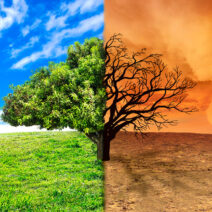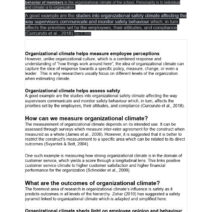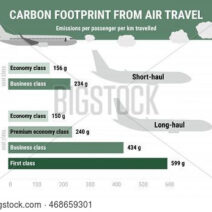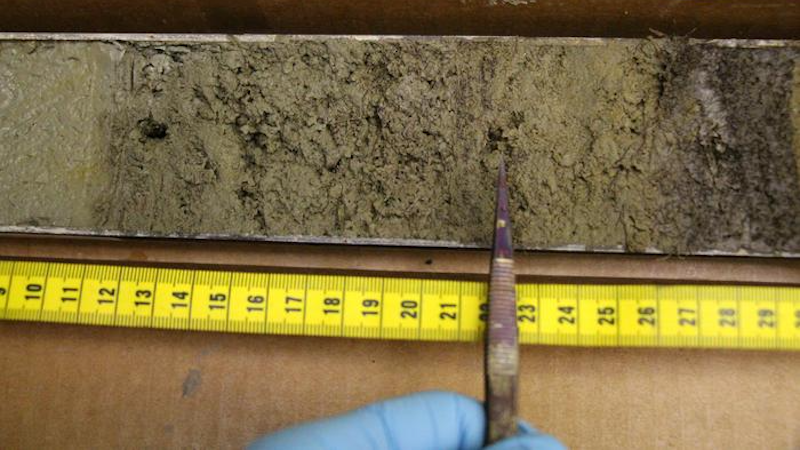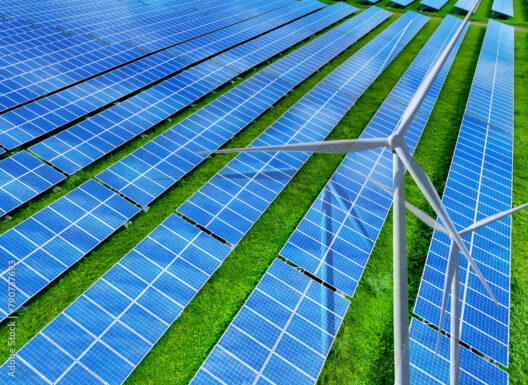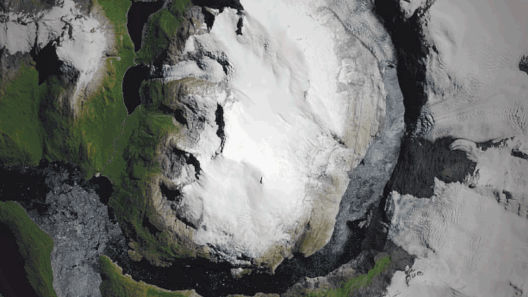As the world grapples with the multifaceted implications of climate change, the Arctic tundra stands as a poignant indicator of transformation driven by global warming. This unique biome, characterized by its permafrost, low-lying vegetation, and brief growing season, is undergoing profound changes that warrant serious consideration. The effects of rising temperatures do not merely alter the Arctic landscape; they resonate throughout the entire ecosystem, exerting pressure on the fauna that has adapted to its rigorous conditions.
The tundra, a realm of stark beauty and ecological resilience, is known for its hardy species. However, the accelerated warming of the Arctic, leading to a thawing of permafrost, brings about radical shifts that are increasingly difficult for native wildlife to navigate. A common observation among scientists is the noticeable decline in populations of iconic Arctic species such as caribou and polar bears. This decline serves as a harbinger of broader ecological disruptions and has sparked intrigue regarding the interconnectedness of these species with their environment.
One of the primary consequences of global warming is the alteration of habitat availability. As temperatures rise, the tundra’s permafrost—the permanently frozen layer of soil—begins to thaw. This not only releases stored carbon dioxide and methane, exacerbating climate change, but it also leads to changes in the topography and hydrology of the region. When permafrost thaws, it can create thermokarst features, resulting in uneven ground and ponds that affect the mobility and dietary patterns of resident fauna.
Moreover, shifting vegetation patterns are emergent phenomena associated with climate change. The introduction of new plant species as the tundra warms provides a dual-edged sword. While some flora may benefit from the increased temperatures, thereby creating new food sources, other species that depend on specific tundra vegetation may find themselves at risk of extinction. The migratory routes of herbivores such as caribou are profoundly influenced by these changes, leading to concerns about the long-term viability of their populations.
Another pressing issue stems from predator-prey dynamics, which are intricately tied to the stability of the ecosystem. For instance, polar bears, apex predators of the Arctic, are facing tremendous challenges as sea ice diminishes. Their hunting grounds, reliant on ice platforms for hunting seals, are shrinking, compelling bears to swim longer distances in search of food. This not only threatens their survival but also affects the entire food web. A decline in polar bear populations can lead to an increase in seal populations, which in turn can lead to overgrazing of marine vegetation, thereby destabilizing the marine ecosystem.
Beyond the immediate impacts on herbivores and predators, global warming introduces disease dynamics into the Arctic environment. Warmer temperatures foster conditions that may facilitate the spread of pathogens and parasites previously restrained by the cold climate. This emergence of diseases poses an additional risk to vulnerable species, thereby compounding the challenges they already face in a rapidly changing environment. Understanding these dynamics requires a multi-layered approach, where ecological, climatological, and health considerations intersect.
Climate change does not discriminate amongst species; its effects ripple through the fabric of the tundra ecosystem. For example, smaller species such as migratory birds that utilize the tundra for nesting are also experiencing shifts in their migratory patterns. Changes in the timing of snowmelt and the subsequent emergence of suitable nesting grounds can disrupt breeding cycles. The delicate balance between predators and prey is further upset, influencing evolutionary trajectories that have taken millennia to forge.
Moreover, the socio-economic ramifications of wildlife changes in the Arctic have far-reaching implications for indigenous communities. Many native peoples rely on these animals not only for sustenance but as integral components of their culture and identity. As the species they depend upon decline or alter their migratory patterns, the entire social structure of these communities is at risk. Efforts to integrate traditional ecological knowledge with modern science may provide a pathway forward, fostering resilience against the backdrop of climate change.
In the context of conservation efforts, it becomes increasingly crucial to tailor strategies that are inclusive of the challenges brought about by climate change. Adaptive management approaches, which account for the dynamic nature of ecosystems in flux, could prove vital in safeguarding Arctic fauna. Collaboration between scientists, local communities, and policymakers must remain at the forefront of these efforts to ensure that conservation strategies are holistic and inclusive.
The Arctic tundra is a microcosm reflecting the broader narrative of climate change. Its transformation, prominently marked by the thawing of permafrost and shifting wildlife dynamics, serves as both a warning sign and a call to action. The delicate balance of life in this frigid expanse is increasingly precarious, and immediate, concerted efforts are required to mitigate further degradation. The survival of not only the fauna of the tundra but the integrity of the entire ecosystem hangs in the balance, demanding an urgent reassessment of human activity and its consequences.
In conclusion, engaging with the transformations occurring in the Arctic tundra should ignite a sense of responsibility and urgency. The interconnectedness of climate change and its effects on Arctic fauna encapsulates a broader environmental dilemma necessitating immediate action. Acknowledging the intricacies of these changes allows for a deeper appreciation of the Arctic’s ecological marvels and the critical importance of preserving its fragile balance.
